The original Terminator film was released in 1984. The plot spoke of a cyborg assassin with an Austrian accent sent back in time to kill the mother of the future saviour of mankind. And of a human soldier sent back simultaneously to prevent the cyborg from completing his mission. While also, eh, impregnating that mother of the future saviour of mankind and thereby becoming himself the father of the future saviour of mankind. Or something like that.
This post-apocalyptic future from whence they came, a world where hostile Artificial Intelligence takes over the world and ends the human species as we know it, was imagined to be…2029. Yep, just 6 years to go.
By now, we’re used to art imitating life, as fans of The Simpsons will know. But these days it seems AI can also imitate life, such as the chatbot you fall in love with or the pilot that flies you across the Atlantic. As of recently, AI can also convincingly imitate art; sometimes for good reasons like resurrecting the voice of John Lennon on one last Beatles tune, other times for sinister reasons like creating new Drake songs that are impossible to differentiate from the real thing. We’re all very much looking forward to catching AI on the main stage at Glastonbury next year…
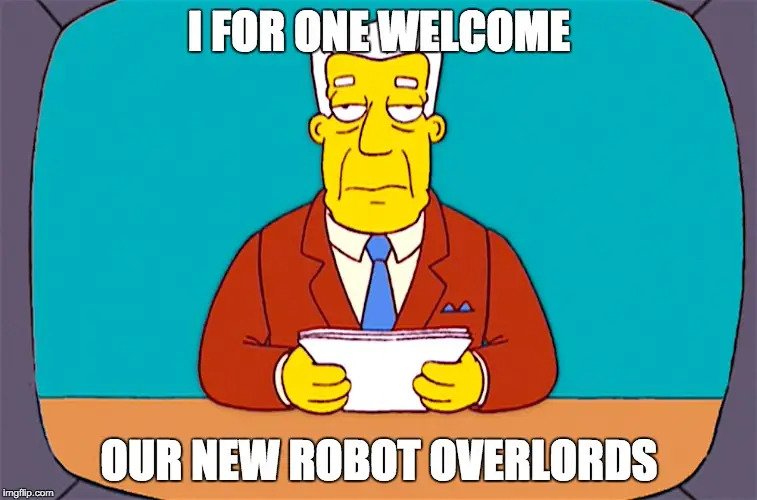
So, are the robots really about to take over? And just how much change is coming? Well, a recent study by Goldman Sachs found that AI could replace the equivalent of 300 million full-time jobs, and could immediately automate up to 44% of the tasks performed by the average lawyer. The future for professions such as administrator, translator and graphic designer are going to look very different in 5 years time.
Undoubtedly, there will be a huge shift in the way we work and how society functions. Like any era-defining technology, AI presents both opportunity and risk.
Over the course of history, these technological leaps are nothing new.
- The First Industrial Revolution occurred at the end of the 18th century when steam was harnessed for mechanical production.
- The Second Industrial Revolution occurred in 1870 as mass production powered by electricity was first introduced.
- The Third Industrial Revolution came about in 1969 as advances in computing led to machine programming and progressive automation.
Now we’ve entered the “Fourth Industrial Revolution”, an era defined by interconnectivity (IoT), AI and smart automation.
What does this all mean for place? What does the future look like for town managers, local businesses, community groups and residents as they navigate Industry 4.0?
Well, if you have a spare $500bn it could look a lot like NEOM’s The Line. Billed as the “future of urban living”, this Saudi Arabian smart city will be 200 metres wide, 170 kilometres long, and contain no roads, cars or emissions. Described as an evolution in civilisation, the development will host 5 minute neighbourhoods for all local services. It will be powered by an AI engine called “Tonomus” that caters for its residents every need, has their cappuccino ready for them in the morning and sends them an umbrella before they know rain is on the way.
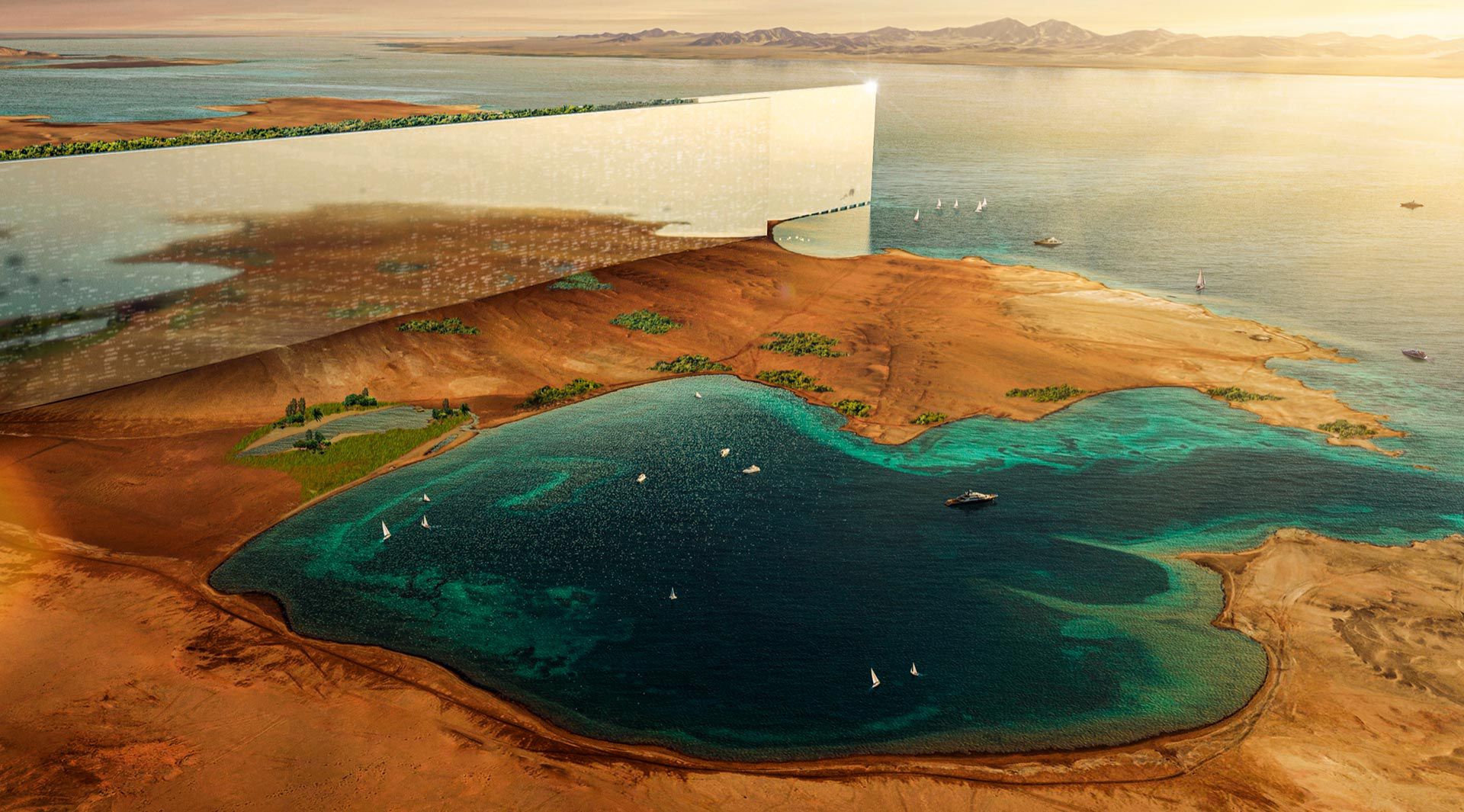
If this all sounds a bit too “Black Mirror” for your taste, then let’s take a look at some examples closer to home to see if our towns and cities are heading in the same direction.
- Flying Taxis in London?
Lilium, an electric-powered vertical take-off air taxi will be serving customers in the UK by 2026. By 2030, these vehicles will be commonplace around the UK, Europe and the Middle East
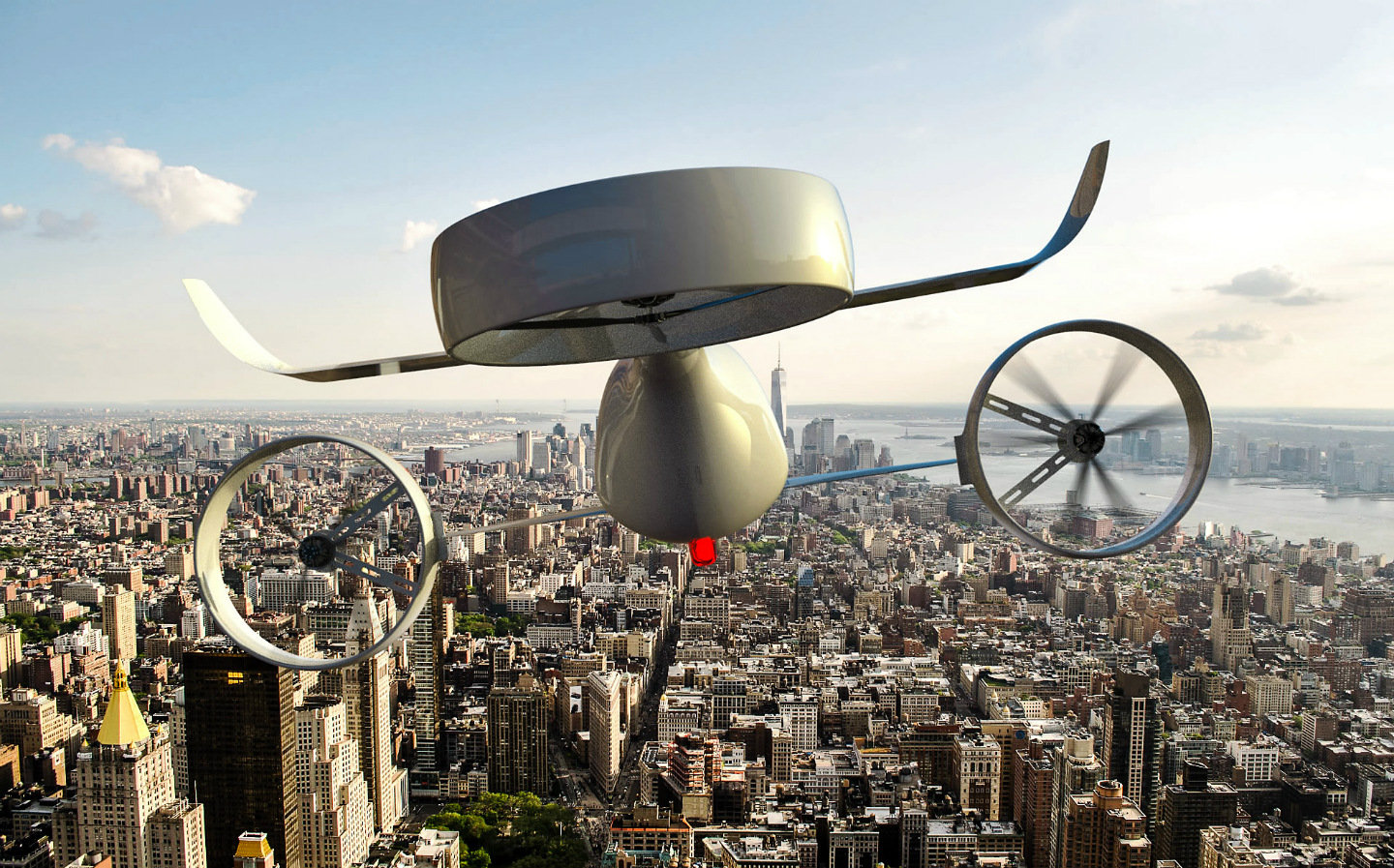
- Drone deliveries in Oxford and Cambridge?
Altitude Angel (UTM) has been granted a license to run a 165 Mile Superhighway in the Sky to pilot inter-city drone deliveries. In a few years, your online shopping will be sent to your house through the skies.

- Autonomous Cars?
In 2025, the British Government will legislate for full self-driving vehicles, with the first cars on the road that same year. Autonomous cars use and generate huge amounts of real-time traffic data. Full 5G coverage has to be in place.
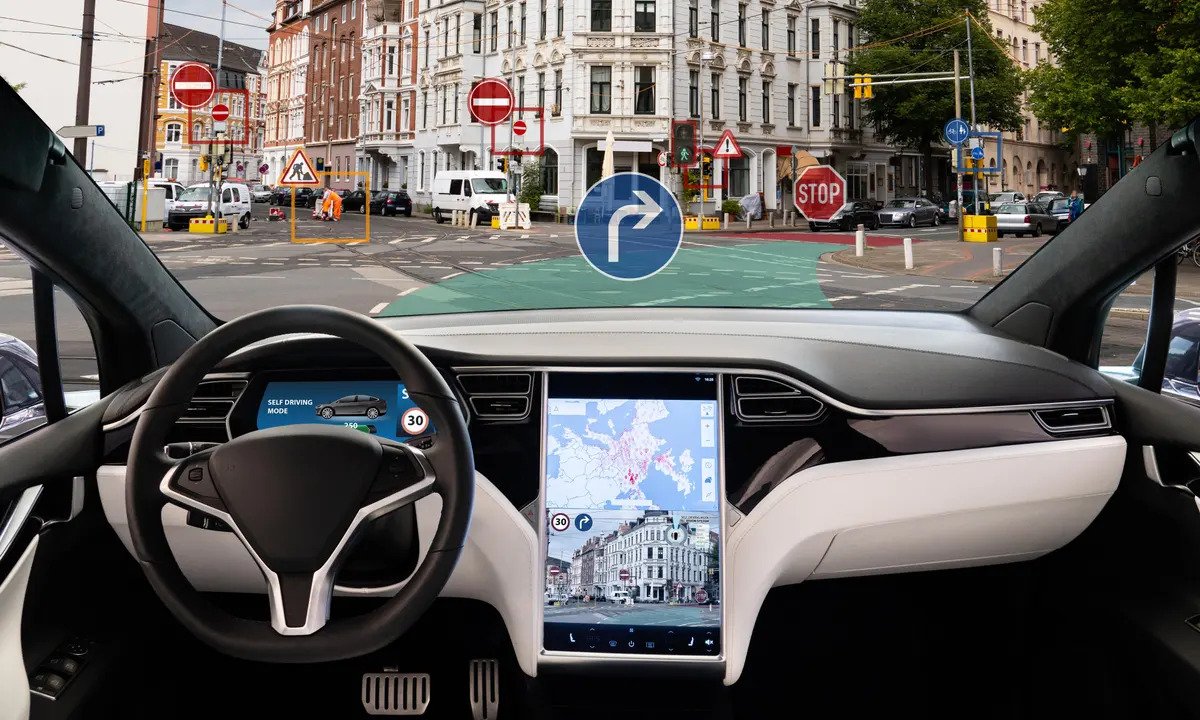
For the most part, AI has slipped into our lives under the radar. Modern office buildings are swarming with sensors that check for leaks, draughts, electrical faults, power and heat loss in an effort to be as green and cost effective as possible. Our streets are filled with environmental sensors monitoring noise and air pollution, weather warnings and pollen count.
By 2030, 75% of all devices will be IoT enabled, meaning they will be able to send reports about their usage back to a central source. Suddenly with all of these digitally connected devices generating tonnes of data, there’s a rich treasure trove of place information we can use to map trends and make predictions.
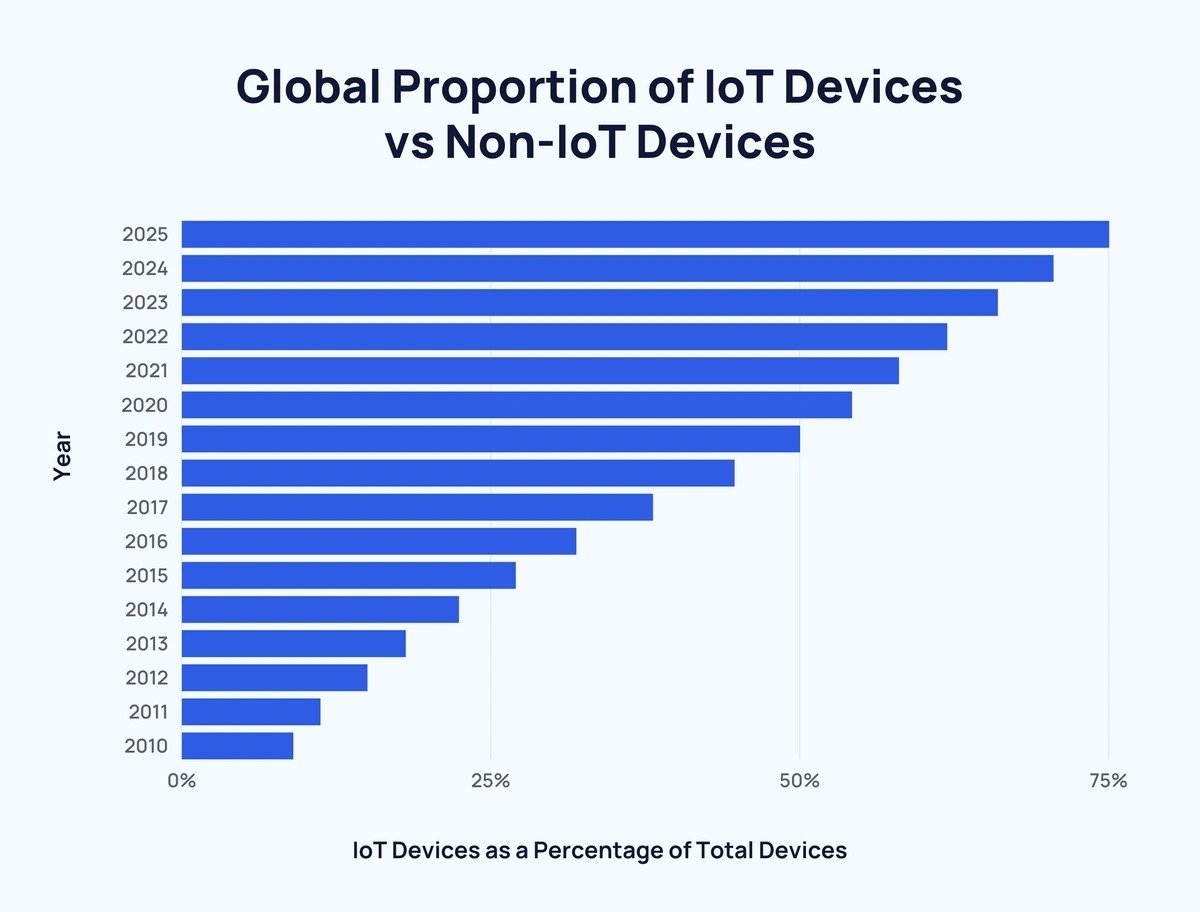
That is, of course, provided all this data stays proprietary. The first step for any place is to own and understand its own information.
Let’s take footfall. The starting point for place managers should be access to monthly footfall graphs to retrospectively monitor the numbers and flow of people within their town. But that’s the bare minimum. With the right tools, we could be using that data to trigger decisions, to drive consumers to the quieter parts of our towns, to improve traffic flow, to promote events, and to make the place as efficient as possible.
With enough data, we can start to look at predicting and influencing future behaviour, say during a town festival or when the tourists have gone home. We can connect the dots and use AI to interpret what residents need in real-time.
But it all starts with data. Who owns it, who has access to it, and how can we make sense of it all? Our communities require the tools to answer these questions in order to take their place amongst the smart cities of the world.